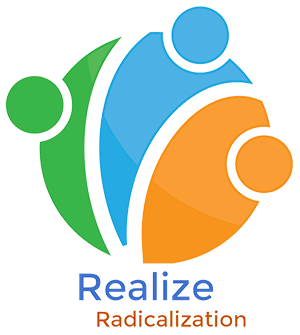Education and the Future of Women in Afghanistan
The fall of Kabul on August 15, 2021, marked a drastic change in the history of Afghanistan. Thousands flocked to the Kabul airport, trying to feel what they had called their homeland. With each passing day, devastating news came from Afghanistan as the Taliban strengthened their control of the country.
Sadly, Kabul airport was not the end of the story; it was just the beginning. What would follow would define human rights violations, denial of basic rights and how the international community watched Afghans helplessly fall victim to the brutal Taliban regime.
Those who suffered the most are women, with their basic rights denied. One of the key developments that followed was the denial of education to young girls and women. The UN called it “deeply damaging.” The role of the international community, particularly the US, after nearly 20 years of war, remains unsatisfactory as well (those who may claim that the airlift was the largest in history and the US played its part may differ, but there remain serious questions concerning the US and the knowledge of the Taliban takeover and what that would lead to).
That is a different topic and to be discussed separately. This post deals with the issue of education and the future of women in Afghanistan as was discussed in a webinar organized by Conflict and Resilience Research Institute, where Selsela Naseri, a poet, writer, and human-rights activist, highlighted the situation of Afghan women.
Why Is Education Necessary For Afghan Women?
The first argument is that it is a fundamental right of every human being and the Universal Declaration of Human Rights confirms it. It impacts women’s access to knowledge and improves their self-reliance and independence, giving them the liberty to make informed choices. Education for Afghan women is necessary because it improves their lives, helps them achieve individual and social freedoms, build happy and healthy families, and empowers them to contribute to the progress of Afghan society.
What Was It Like Before the Taliban Takeover?
Life in Afghanistan has gone through different phases of transition. Women have lived through those phases and it only points to their resilience. When the Taliban took control of Afghanistan in the 90s, life for women changed, only to go through another transitional phase with the US-led invasion of the country.
Women had rights, and their education empowered them to be part of the socio-political life. It was because of education that women in Afghanistan could partake in the public services, security services, education, justice system, sports, media and economy. Education empowered the women of Afghanistan who, after having access to their fundamental rights, worked as human rights activists and members of the civil society.
However, the situation has drastically changed, with Afghan women being denied the right to education and their freedom curtailed. There do not have access to secondary school education, which restricts their access to employment opportunities. The socio-cultural life has changed with strict governing measures imposing travel bans on women who cannot leave their homes without a male relative. Afghanistan, as Selsela calls it, has become “an open-air cage.”
The Challenges
The challenges abound, not only for women but for the people of Afghanistan. The recent earthquake in Afghanistan exposes the challenges. The Taliban do not have enough resources at their disposal to help the people. Amid these challenges, there is a segment of society that still suffers the most, Afghan women. The challenges they face include strict policies of the Taliban that deny them their basic rights, an insecure socio-political environment, poverty, lack of community support, and above all, the international community’s neglect of the challenges faced by the Afghan women.
What Can Be Done?
Afghan women have survived different phases of Afghan history and it only shows their resilience and strength. They will survive this as well. However, some measures can be taken, as Selsela suggests, at the local level. These include strong community support, easing strict government policies on education and freedom of movement, provision of economic opportunities, and enabling the short and midterm projects for women empowerment in Afghan women.
The international community needs to play its part and cannot watch silently as Afghan women suffer. It has to hold the Taliban regime accountable for the promises made vis-à-vis women’s education. The international community needs to engage with the Taliban to allow for a safe corridor so that those whose lives are threatened or who willingly wish to leave can do so without any fear of repercussion to their loved ones.
The Bottom Line!
The life of Afghan women has gone through many different historical phases that defined their identity and empowered them to be resilient. The women in Afghanistan continue to suffer with their fundamental rights, the right to education and freedom of movement in particular, being denied. The Taliban takeover has meant a drastic shift in the lives of Afghan women. They continue to face challenges. The international community cannot continue ignoring their plight and has to act now.





